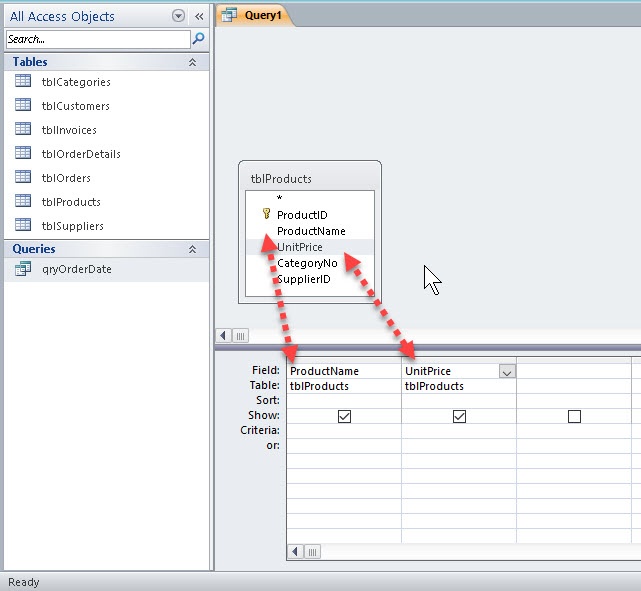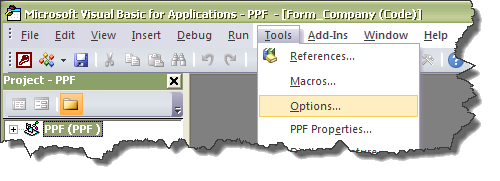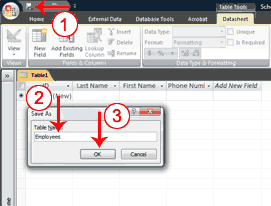
- #SETTING UP MICROSOFT ACCESS DATABASE MAC OS X#
- #SETTING UP MICROSOFT ACCESS DATABASE PORTABLE#
- #SETTING UP MICROSOFT ACCESS DATABASE PROFESSIONAL#
- #SETTING UP MICROSOFT ACCESS DATABASE MAC#

11.2 Setting the Navigation Form as the Default.11.1 Exercise: Modifying a Navigation Form.11 Creating and Running a Navigation Form.9 Creating and Running a Master/Detail Form (Form with a Subform).8.3 Review of Creating and Running a Report.8.2 Exercise: Creating a Single Table Report.8.1 Creating a Single Table Report using the wizard.7.3 Review of Creating and Running a Data Entry Form.7.2 Exercise: Creating a Single Table Form.7.1 Creating a Single Table Form using the Wizard.7 Creating and Running Data Entry Forms.6.5 Review of Creating and Running Queries.5.6 Review of Creating and Viewing Tables.5.5 Creating Relationships Between tables.5.1 Creating a Table Using the Design View.

#SETTING UP MICROSOFT ACCESS DATABASE MAC#
1.3 Running Microsoft Access on a Apple Mac.1 Introduction to the MS Access Tutorial.
#SETTING UP MICROSOFT ACCESS DATABASE MAC OS X#

#SETTING UP MICROSOFT ACCESS DATABASE PORTABLE#
The student should have a USB memory stick (thumb drive) or other portable memory device available to store their files that will be created during this tutorial.

This tutorial is intended for students just getting started with the MS Access database management system. In the sections that follow, we give step-by-step instructions for creating the tables, data entry forms, reports and queries for the application. We then describe a business example and give an outline for the database and applications we wish to develop. Access is a relational database management system. The majority of database management systems in use today are based on what is called the relational database model. The tutorial begins with a brief overview of Relational Databases. If you are interested in working with MS Access ’97 or 2000, please visit the Microsoft Access Tutorial – Covering MS Access ’ web page. This tutorial covers MS Access 2007, 2010, 2013, 20 which have a common interface (the “ribbon bar” across the top) that is different from earlier versions.
#SETTING UP MICROSOFT ACCESS DATABASE PROFESSIONAL#
The tutorial is based on Microsoft Access which is part of the Microsoft Office Professional suite that also includes MS Excel, MS Word and MS Powerpoint. This includes the use of the keyboard and mouse. It is assumed that users of this tutorial are proficient in working with Microsoft Windows XP/Vista/Win7/Win10, etc. A business example is discussed first which provides a background for developing a simple database. The four basic modules of Access are demonstrated: Tables, Forms, Reports and Queries. This tutorial is designed to get the user up and running with MS Access (henceforth simply “Access”) in a rapid fashion. 1 Introduction to the MS Access 2010, 2013, 20 Tutorial


 0 kommentar(er)
0 kommentar(er)
